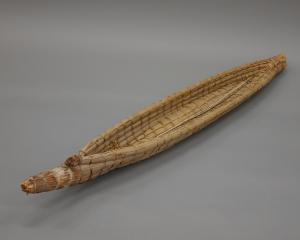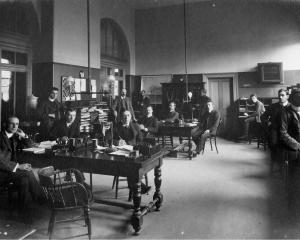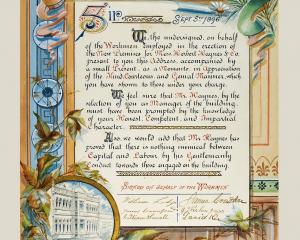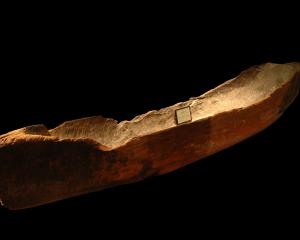
SEPTEMBER 1854, PLYMOUTH
More than 300 migrants set sail aboard the ship Standard bound for South Australia. Among them were members of a Cornish family of tin and copper miners.
John Rowe and his younger brother Cyprian (or Seppran as the Cornish pronounced and spelt it) are off to join another brother, David, who had moved to Australia three years earlier.
They are part of a great migration from Cornwall that began in the late 1830s, a diaspora that would see quarter of a million ‘‘Cousin Jacks’’, as these 19th-century Cornish migrants were known, leave home in search of a better life abroad.
JANUARY/FEBRUARY 1862, MELBOURNE
After seven years in Australia, Seppran is moving on, joining the invasion of Victorian diggers seeking fresh fortunes across the Tasman Sea. Before long he has made his way to Wetherstons on the Tuapeka goldfield. David, John, and youngest brother Samuel will later come to try their luck in New Zealand too.

OCTOBER 1862, GLASGOW
Sisters Sarah and Eliza Cooley board the Ben Lomond for passage to Port Chalmers. Otago is suffering a shortage of domestic servants and many of the Ben Lomond’s passengers are young Scottish and Irish women answering the call to fill such vacancies. Sarah and Eliza had been born in Dublin, Ireland. Their parents are thought to have passed away, leaving them in the care of their grandmother.
Now that their grandmother is also gone, the sisters are about to leave the country of their birth far behind them. They are no doubt seeking a better life for themselves and perhaps hope to secure a husband in the process.
Eliza was the first to succeed in that quest when she married Seppran Rowe in 1866. Elder sister Sarah came a distant second, tying the knot with Havelock (Waitahuna) publican John Morris in 1873.
Sarah gave birth to a daughter, Lazerene Eliza, in 1874. But the life Sarah had likely dreamed of eluded her. She died ‘‘in childbed’’ in May 1875.

Most Cornish miners also had farming experience. As the gold rushes faded Eliza and Seppran Rowe settled to farm and raise a family at Clarks Flat, between Waitahuna and Lawrence.
When Seppran passed away in 1886, aged 50, he was survived by three sons and four daughters. Eliza and her children carried on farming at Clarks Flat after Seppran’s death.
In 1905, having transferred the farm to eldest son William, Eliza moved to Christchurch. She died there in 1909, aged 63, but was laid to rest alongside Seppran in Dunedin’s Southern Cemetery.
The descendants of Seppran and Eliza Rowe later donated several family heirlooms to what was then the Otago Early Settlers Museum.
In 1928 Sarah Hancock, a daughter of Seppran and Eliza, donated a model of a Cornish tin and copper mining stamper battery, made by Seppran some 50 years earlier.
The model serves as a great reminder of the part played by ‘‘Cousin Jacks’’ in shaping this country during the gold rushes and beyond.
Peter Read is curator at Toitu Otago Settlers Museum.













